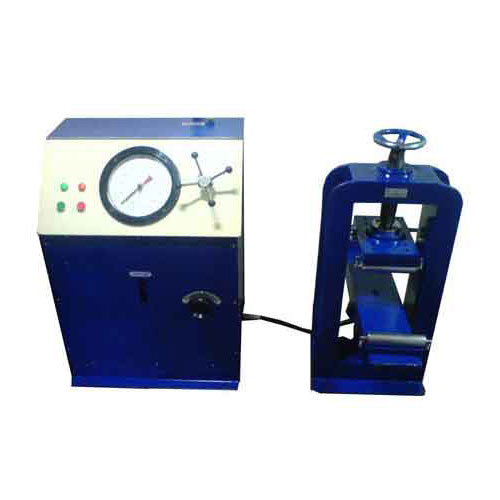
The second test splits the sample into four parts and the two top points are at 1/4(L) and 3/4(L). The first type divides the sample into three parts and the loading points are placed at 1/3(L) apart. There are two types of 4 point bend tests based on where the load contact points are on the sample. The concentric gear crank custom bend fixture is a nice solution if you are changing between multiple specimen sizes.įour point flexural testing fixtures have two base supports and two top loading points. The bottom two supports are adjustable and can accomodate samples of different length. The 3rd point loading nose is attached directly to the top arm of the universal testing machine by use of a clevis pin adapter. Common 3 point bend tests include ASTM D790 for plastics, and ASTM D143 for wood. Three point bend testing fixtures use center loading to flex the sample. Other tests include the guided bend test and the more obscure serpentine fixture for tensile bend testing. 4 point tests such as C1609 require that the 2 top loading points bisect the sample into thirds or fourths. Most three point flex tests such as ASTM D790 require that the third loading point be centered on the sample. These jigs have 2 bottom support spans and one or two loading nose points on top. Poly-Crete MD has a flexural strength of 5,076.3 psi, which is more than twice its tensile strength.Bend Testing Fixtures Products > Compression Fixtures > Bendįlexural properties are analyzed by testing a material using a 3 or 4 point bend fixture. It is used to protect concrete, polymer reinforced screeds or water-resistant plywood.
#FLEXTURE TESTING SERIES#
In this series on physical characteristics, we’ve been using Dur-A-Flex Poly-Crete MD, a 100% solids, aromatic, cementitious urethane, as our reference material.

The test equipment measures the final force, expressed in psi. The head contacts the central point of the sample and presses down with slowly increasing pressure, at a rate dependent upon factors such as the support span length and depth of sample. The tester has two end posts, often 2 or more inches apart, that support (but do not clamp) the sample from below, and a central crosshead that presses down on the sample from above. The material is allowed to cure for the recommended time, usually no less than 24 hours, removed from the mold and placed on a testing machine. For ASTM D790, a mold size of 5 inches long by 1/2 inch wide by 1/8 inch thick is suitable. Testing Flexural StrengthĪs we’ve mentioned in previous articles in this series, the first step is to mix up the test material and pour it into molds. The formula is E = L 3F/4bd 3D, where D is deflection. The formula for flexural strength, σ, under a three-point load is equal to 3FL/2bd 2, where:Ī related physical quantity is flexible modulus, E, the ratio of stress (force) to strain (deformation). However, if the sample has imperfections, the bending stresses will be localized and the material will show higher flexural, rather than tensile strength. If the sample is completely homogenous, the flexural and tensile strength should be the same. As the weight pushes down from above, the sample’s top surface compresses under the load, while the bottom surface experiences tension as the intermolecular bonds begin to stretch. Two different and opposing forces are at work, because the sample has thickness.
#FLEXTURE TESTING FREE#
With the ends of the sample free to move and pressure applied to the center, the test machine forces a plastic sample to flex, or bend. It is more pertinent to coatings applied to flexible substrates, like unsecured strips of thin metal or plastic, and as a general indication of the material’s quality.

Flexural strength is of secondary importance for materials applied to surfaces that don’t bend, i.e. This test comes in three-point and four-point varieties, and simply applies pressure to the central region of a bendable sample.

The standard flexural strength test for plastic materials, including coatings, paints and films, is ASTM D790. The next physical characteristic to fall under our gaze is flexural strength, which is simply resistance to bending along the sample’s axial plane - it is different from torsional, or twisting, strength.


 0 kommentar(er)
0 kommentar(er)
